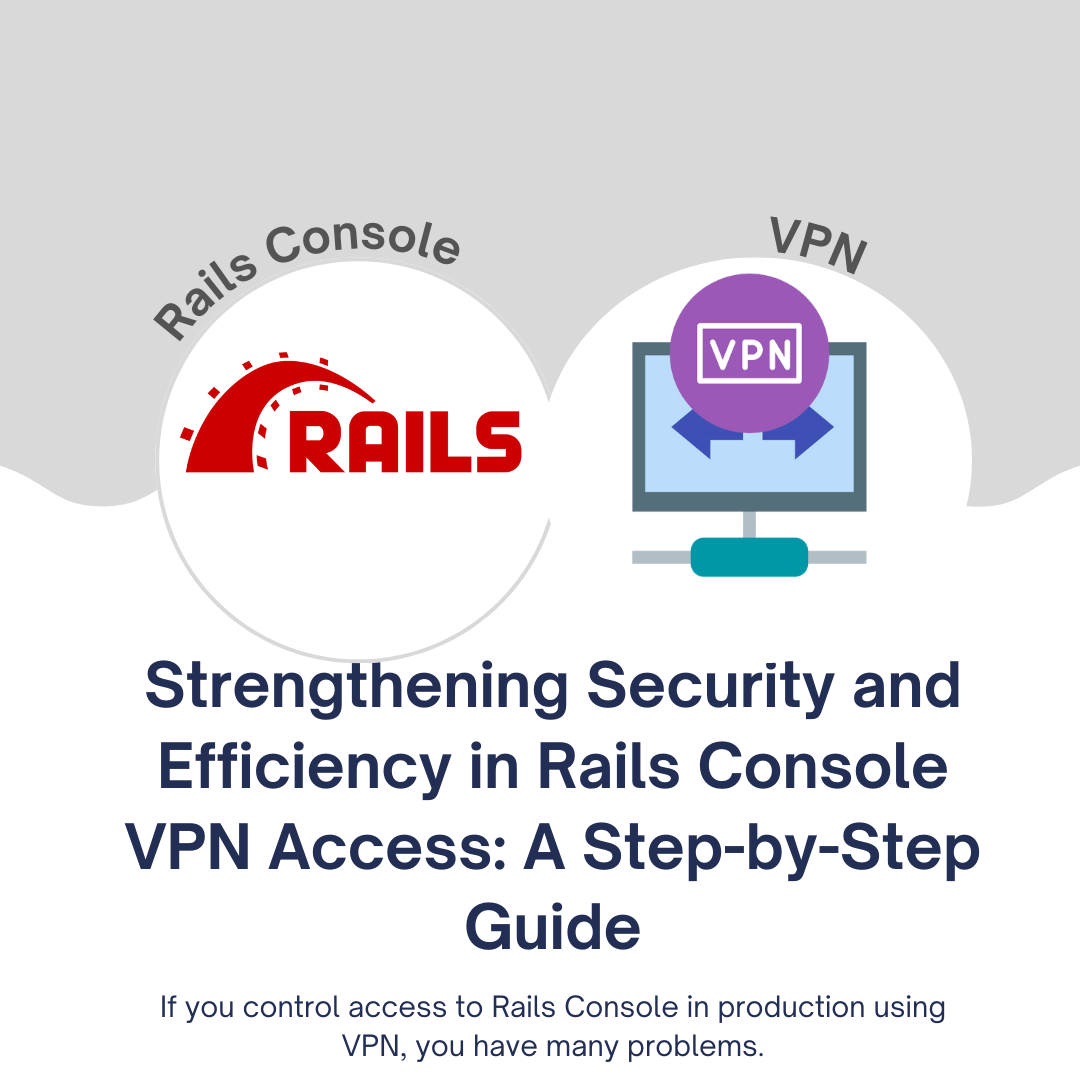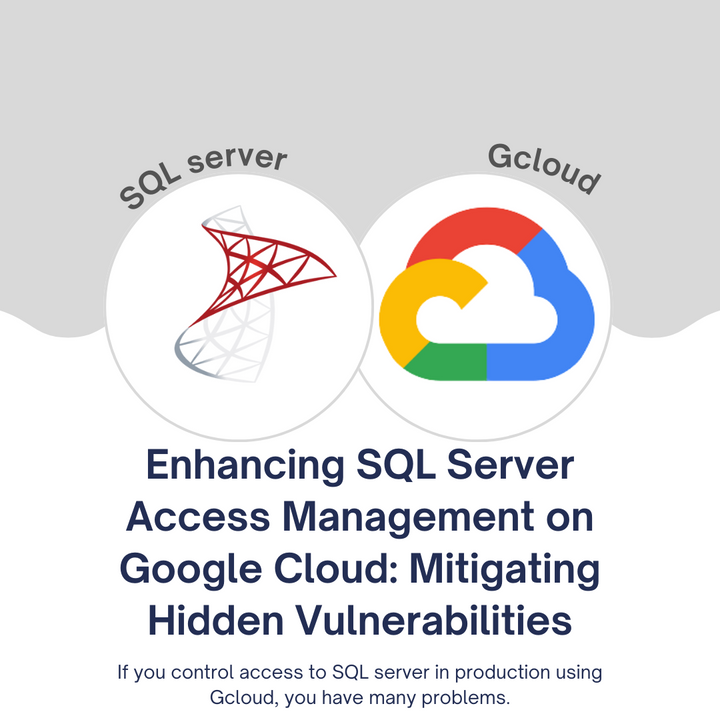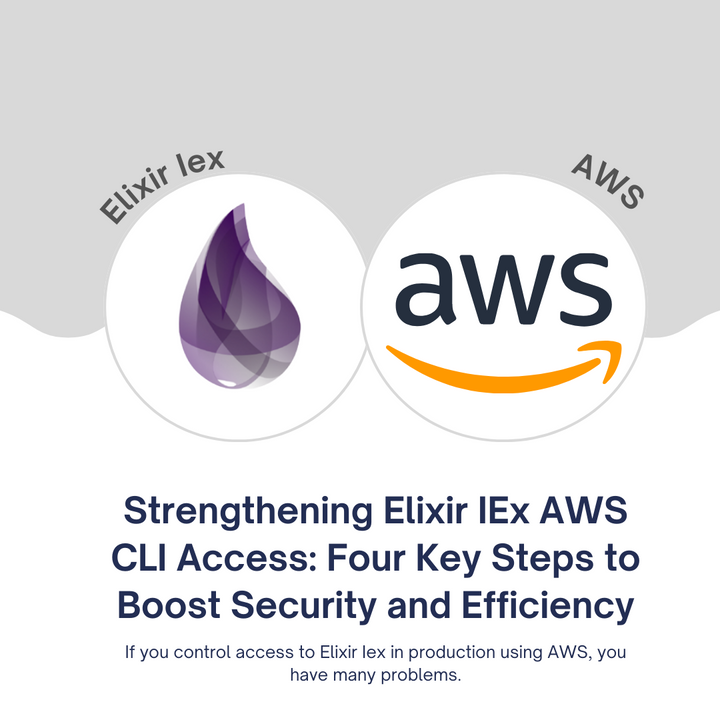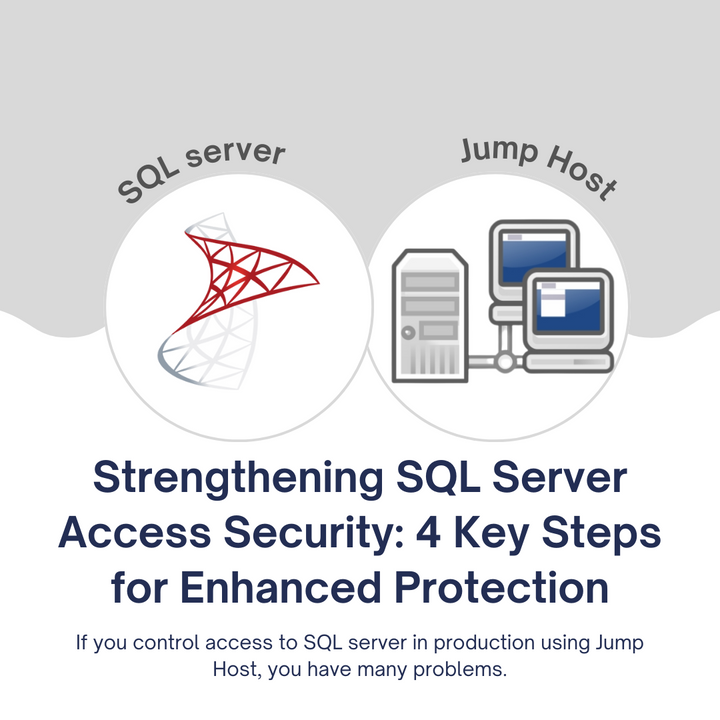Strengthening Security and Efficiency in Rails Console VPN Access: A Step-by-Step Guide

In the ever-evolving landscape of web development and data management, securing access to sensitive systems is paramount. Rails Console VPN access is a common practice, but it often hides vulnerabilities that need addressing. In this article, we'll discuss the five major challenges associated with Rails Console VPN access, their implications, and practical strategies to mitigate their risks effectively.
1. The Critical Importance of Fast Access in Production Environments
In today's fast-paced development environment, quick access to the right engineers during production is vital. The efficiency of troubleshooting, bug fixing, and incident resolution depends heavily on rapid data access. However, many teams grapple with suboptimal solutions that can create significant security risks or impede workflow efficiency.
2. Identifying Hidden Vulnerabilities
The vulnerabilities associated with Rails Console VPN access often go unnoticed but pose significant risks:
a. Single Sign-on & Multi-Factor Authentication (MFA)
Lack of robust Single Sign-on (SSO) and MFA mechanisms can leave your system vulnerable to unauthorized access.
b. Audit Trials and PII Protection
Insufficient audit trials and inadequate Personally Identifiable Information (PII) protection can result in compliance breaches and data exposure.
c. Compliance (GDPR, PCI, SOC2, and HIPAA)
Failure to comply with industry-specific regulations can lead to legal repercussions and tarnish your organization's reputation.
d. Developer Experience
A poor developer experience can negatively impact productivity and employee satisfaction.
3. Implementing Solutions Gradually
To address these vulnerabilities, consider using the 80/20 rule and gradually implementing necessary features:
a. Add Rails Console to Existing Systems
Leverage existing systems, such as Google Workspaces, to incorporate Rails Console. Integrating SSO and MFA with Google OAuth is a pragmatic approach.
b. Prioritize Features Based on Industry Needs
Tailor your approach to the specific needs of your industry. For example, focus on developer experience, SSO, and MFA for industries with fewer compliance requirements. Conversely, prioritize compliance features for highly regulated sectors.
c. Leverage Comprehensive Access Management Solutions
Reduce complexity by managing multiple access points, including Rails Console, AWS/GCP, databases, Kubernetes, and servers, within a single tool. This streamlines access management and enhances overall security.
4. Adding Friction to Unwanted Access Methods
Discourage the use of less secure access methods by introducing controlled friction:
a. Implement Form Submissions
If a fast, but insecure access method is prevalent, consider adding a form submission step to deter its use. This approach can steer users toward more secure alternatives.
b. Restrict Access Behind Request Processes
In scenarios where engineers tend to bypass secure procedures (e.g., using AWS web console instead of automated Infrastructure as Code pipelines), make secure access the easiest option. Restrict access to Rails Console by requiring a Jira request, gradually improving the experience to outperform the insecure method.
Conclusion
Securing Rails Console VPN access is crucial for maintaining the integrity and safety of your production environment. By identifying hidden vulnerabilities, implementing solutions incrementally, and discouraging less secure access methods, you can strengthen your system's defenses and ensure the reliability and security of your Rails Console VPN access. Prioritizing security not only safeguards your organization but also contributes to a smoother and more efficient development process.



